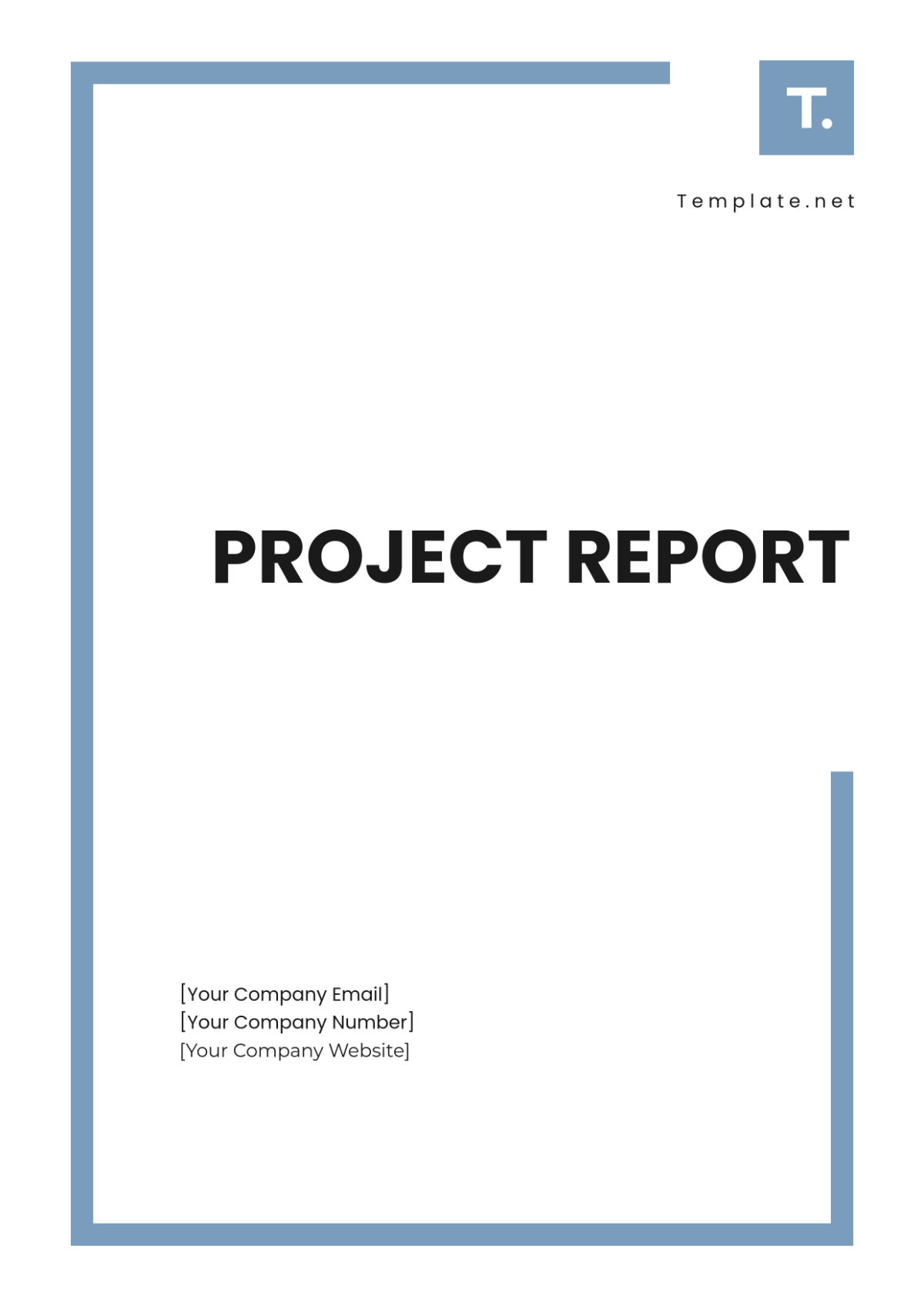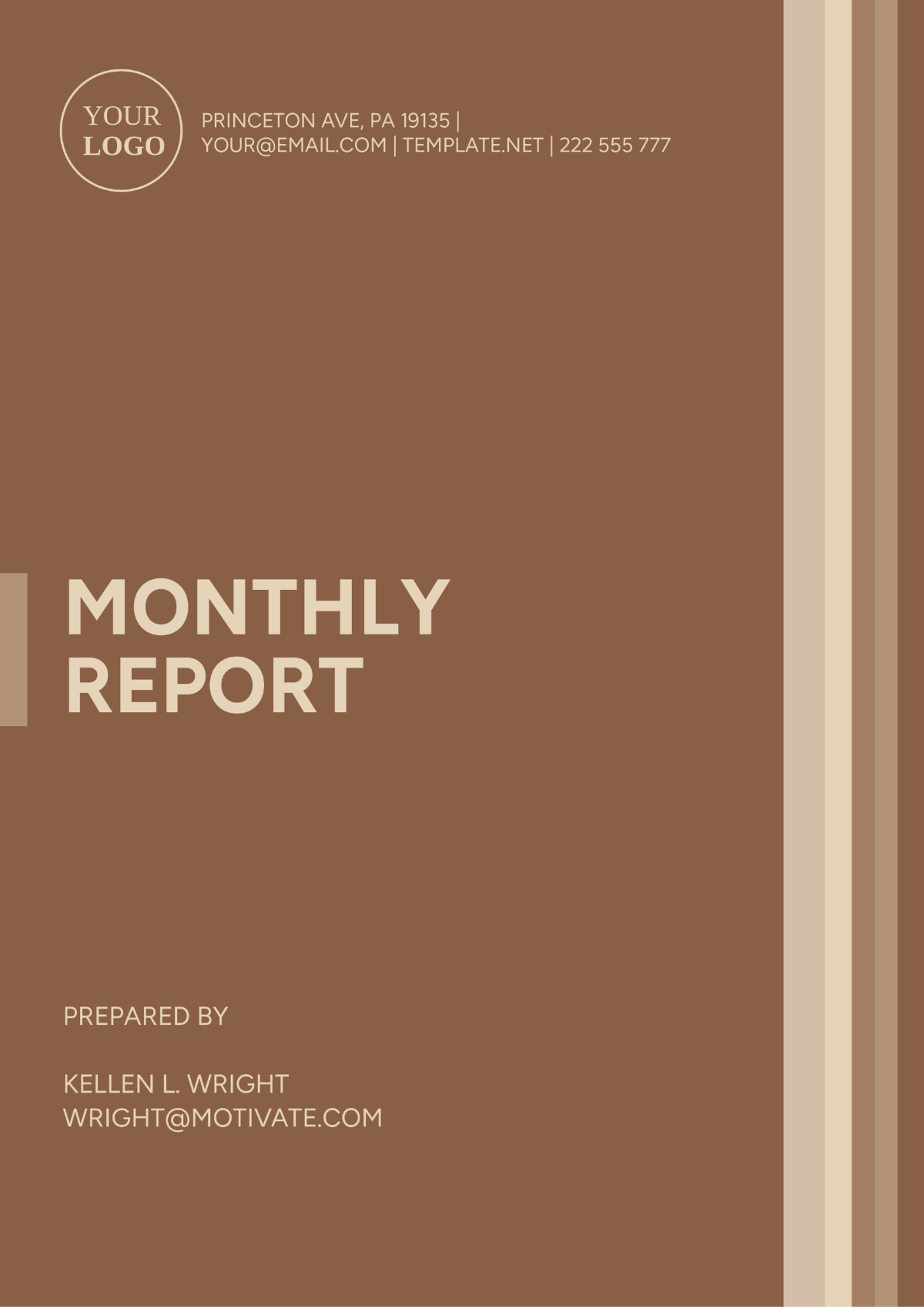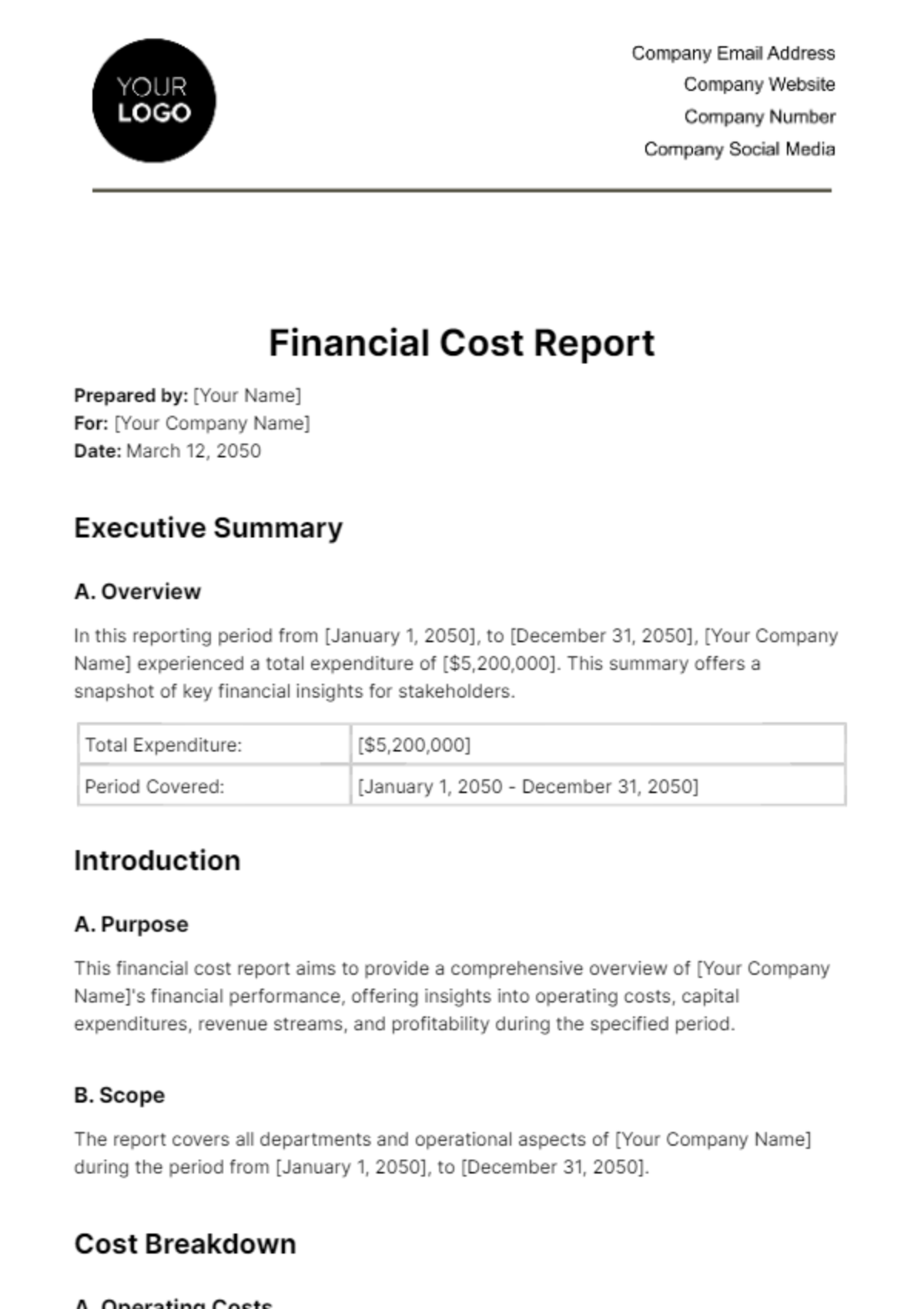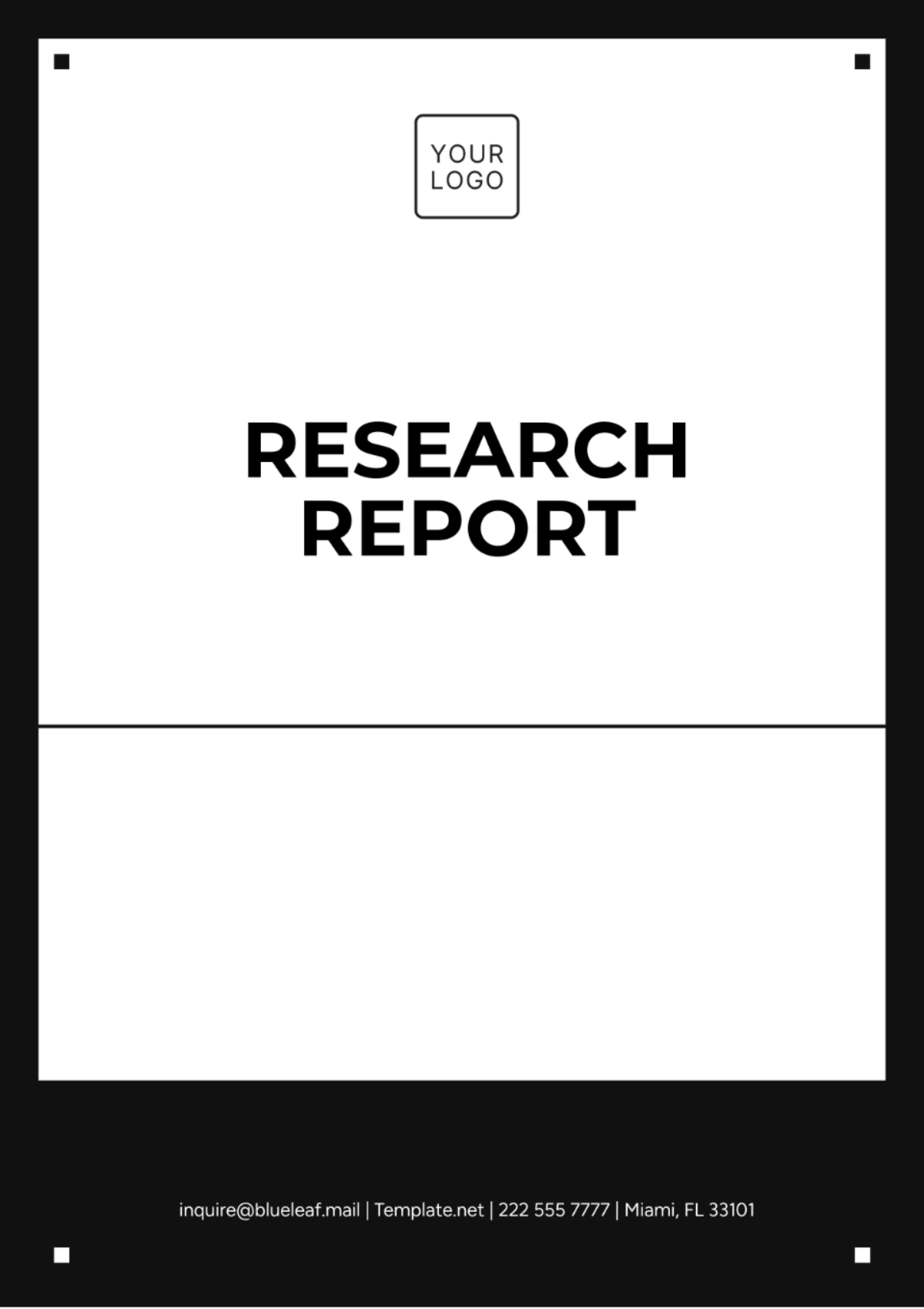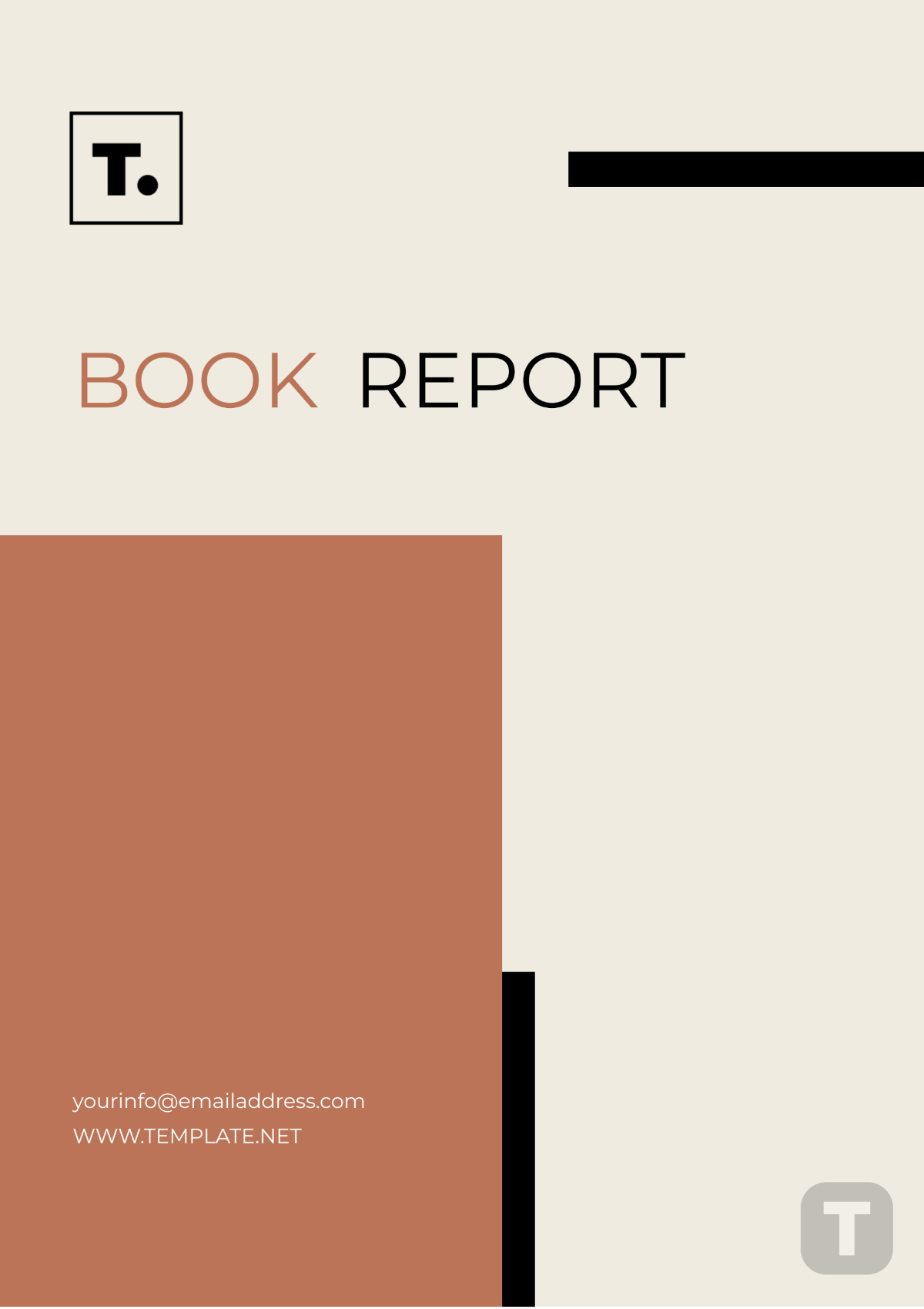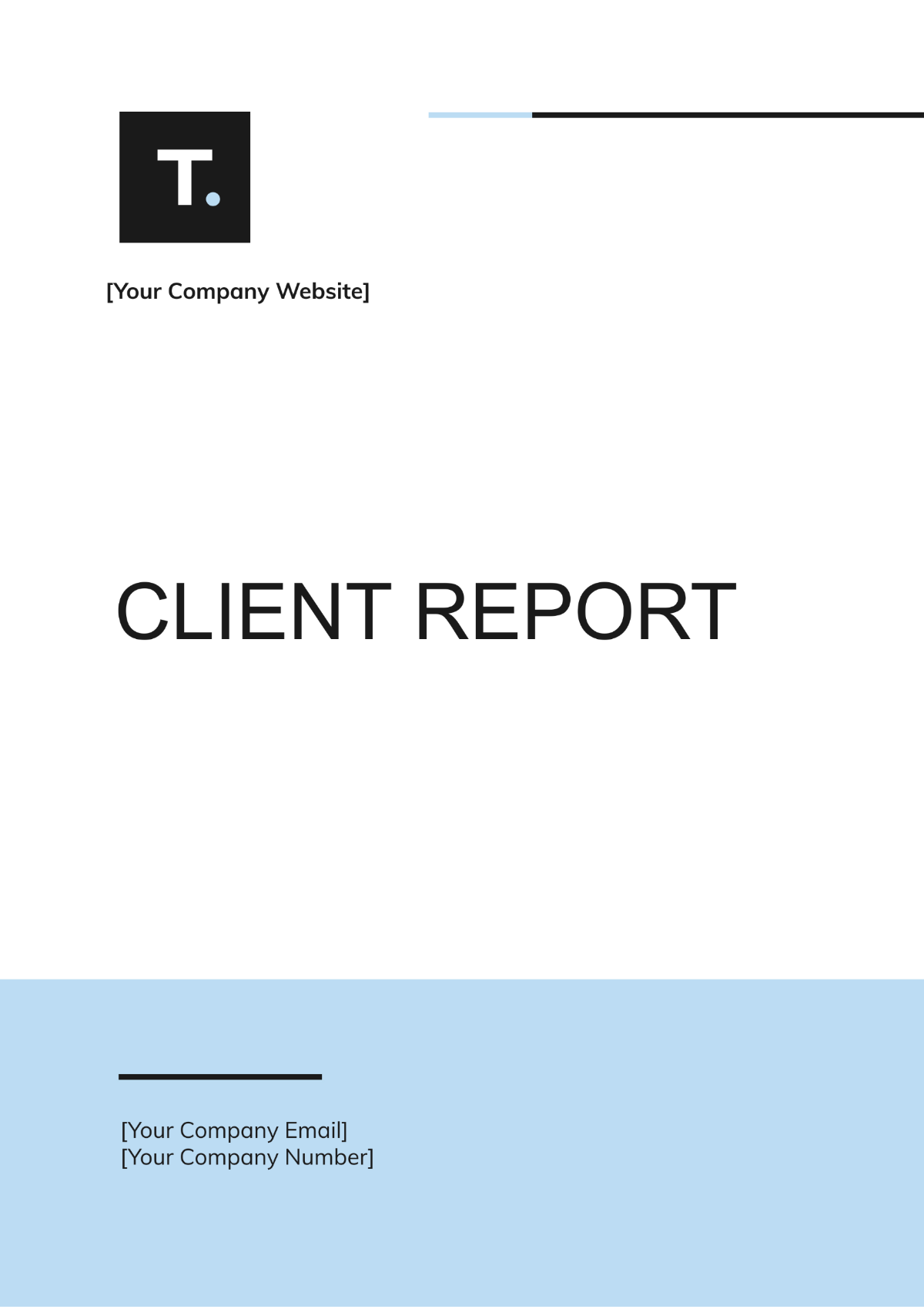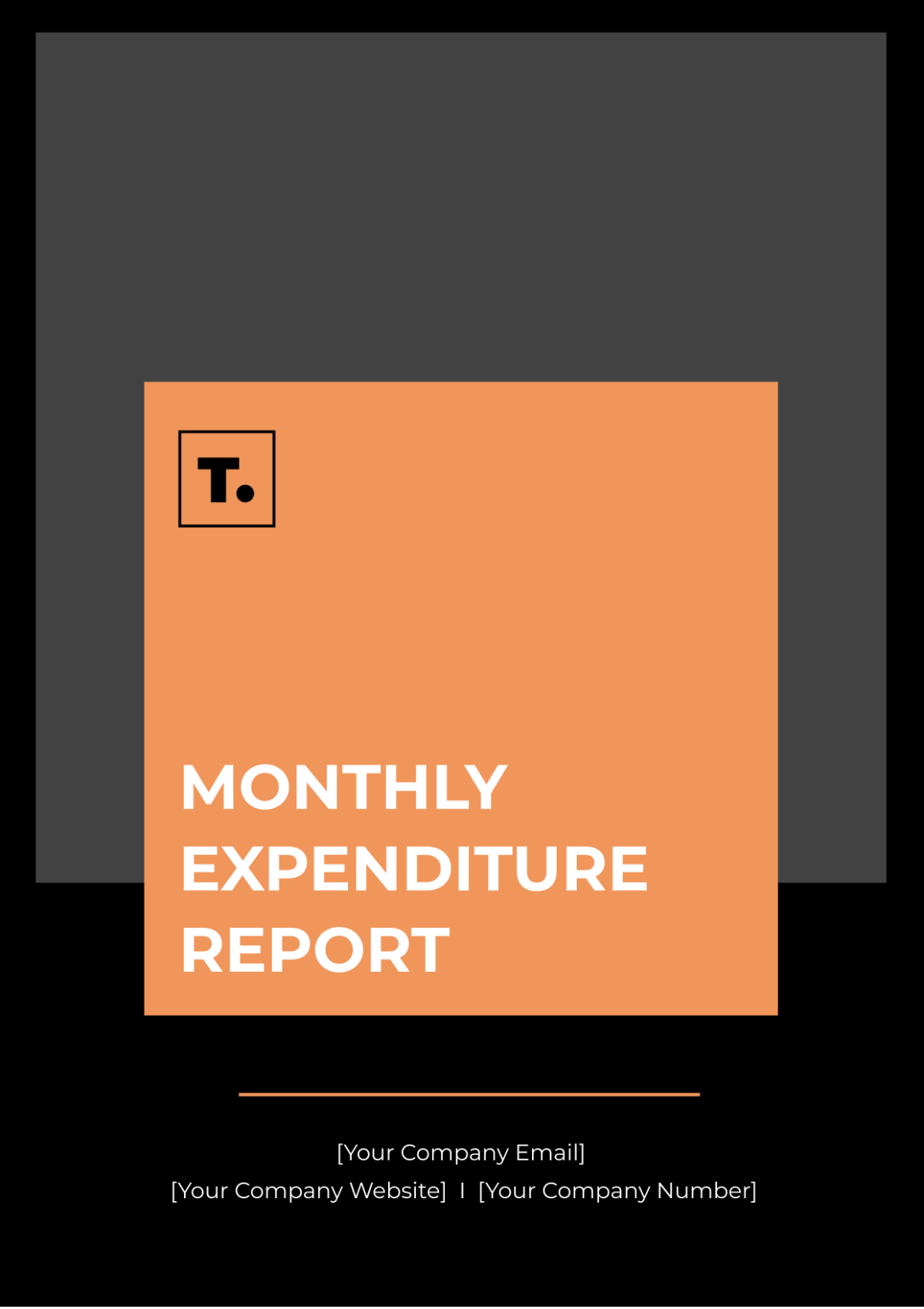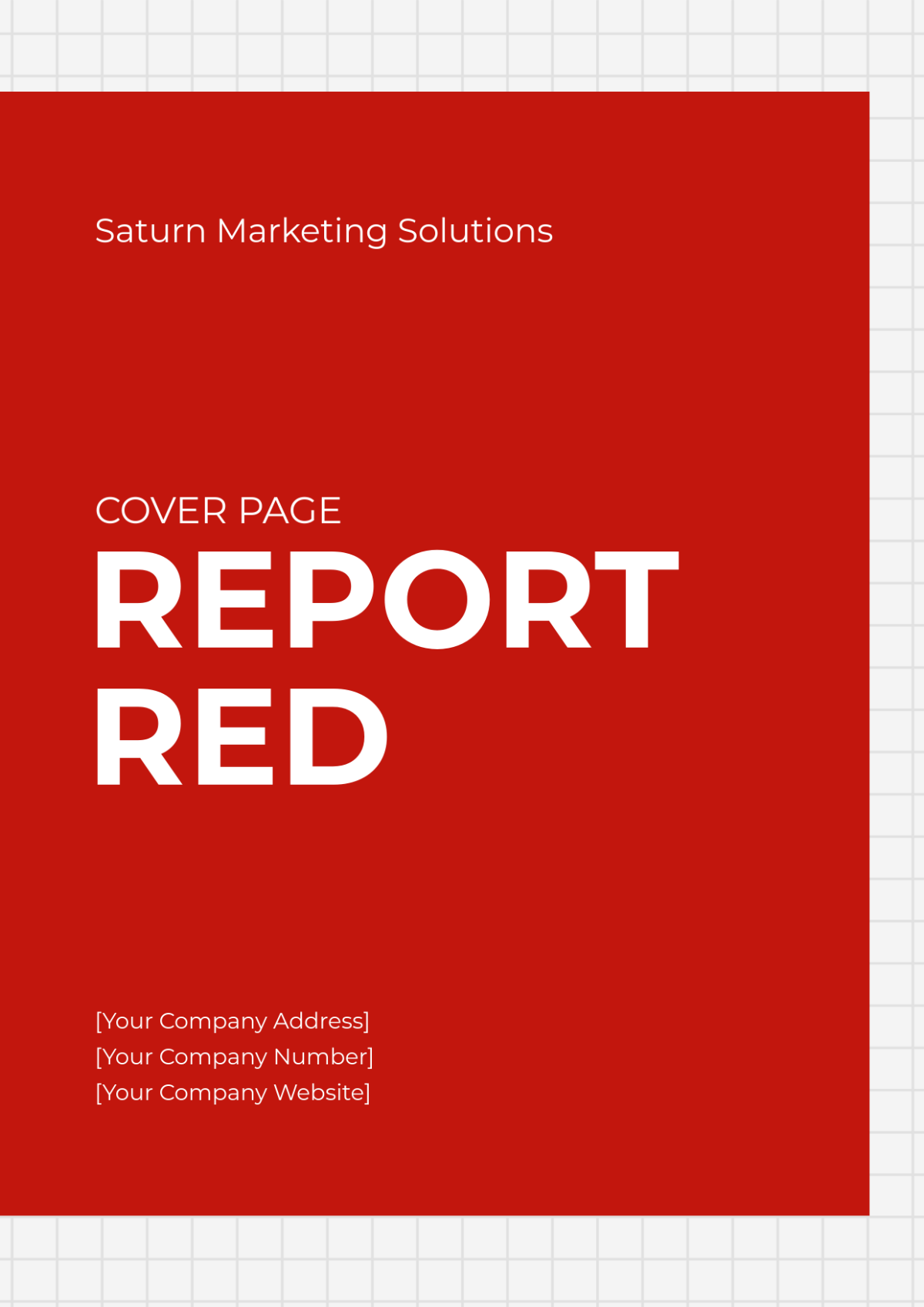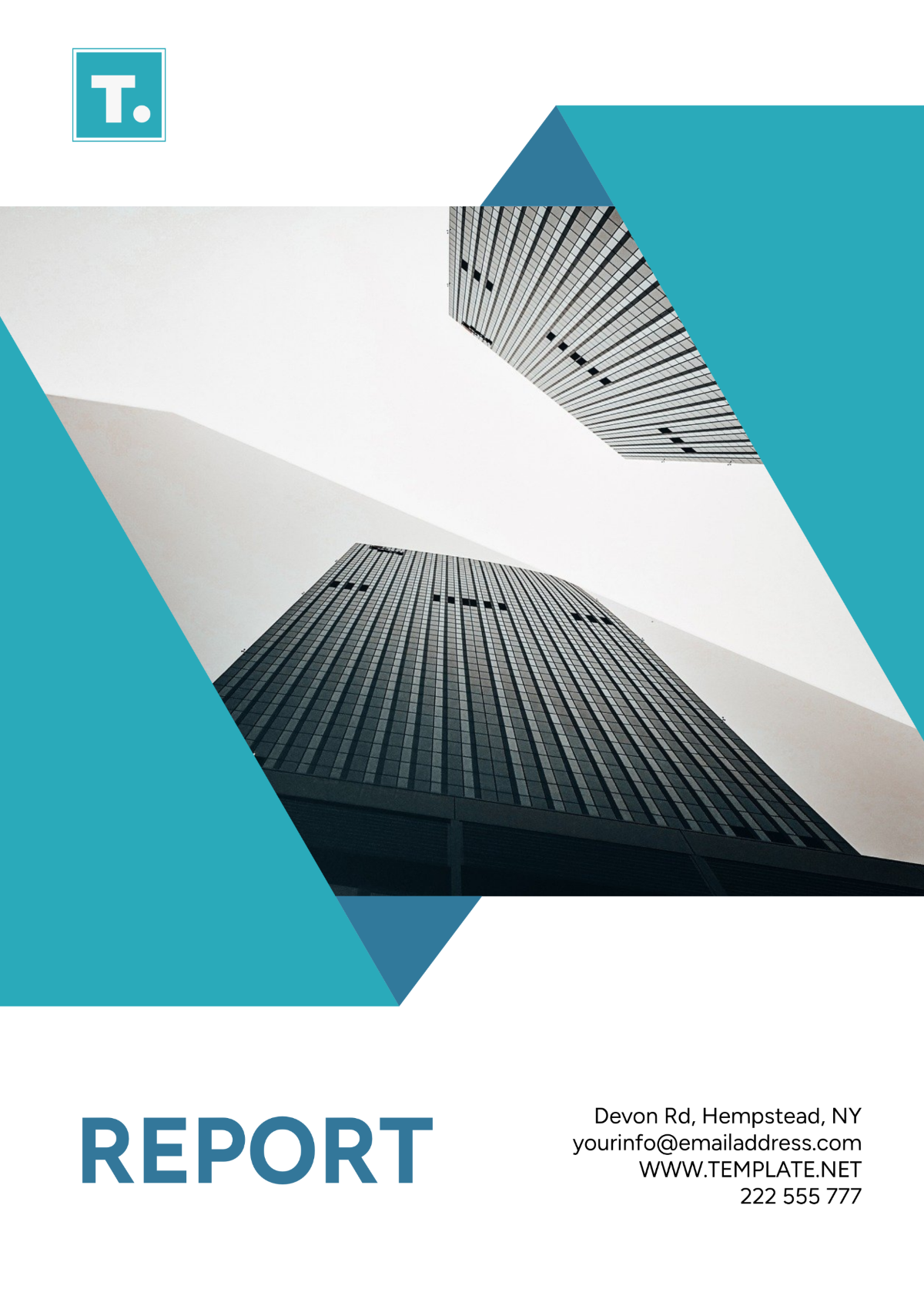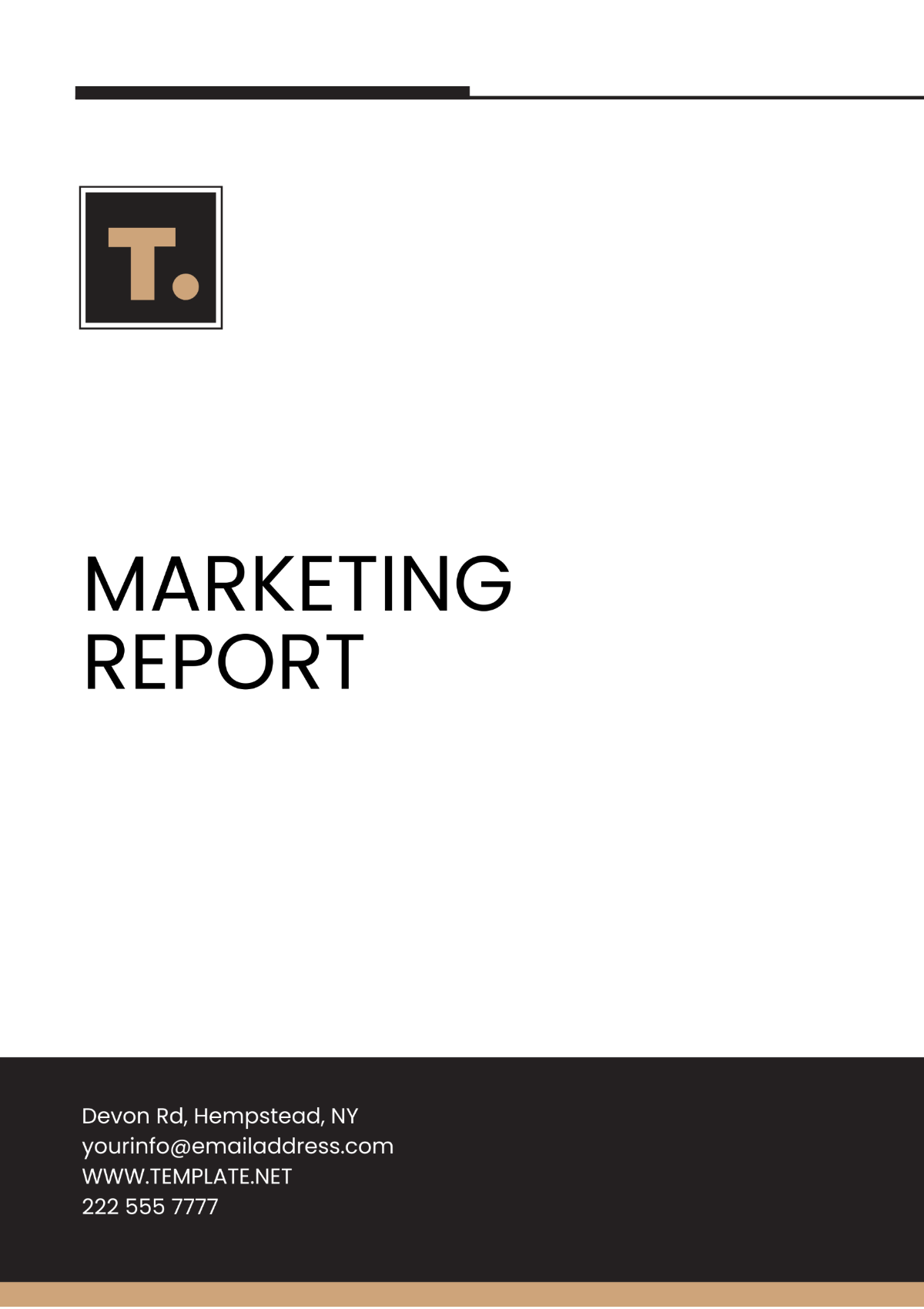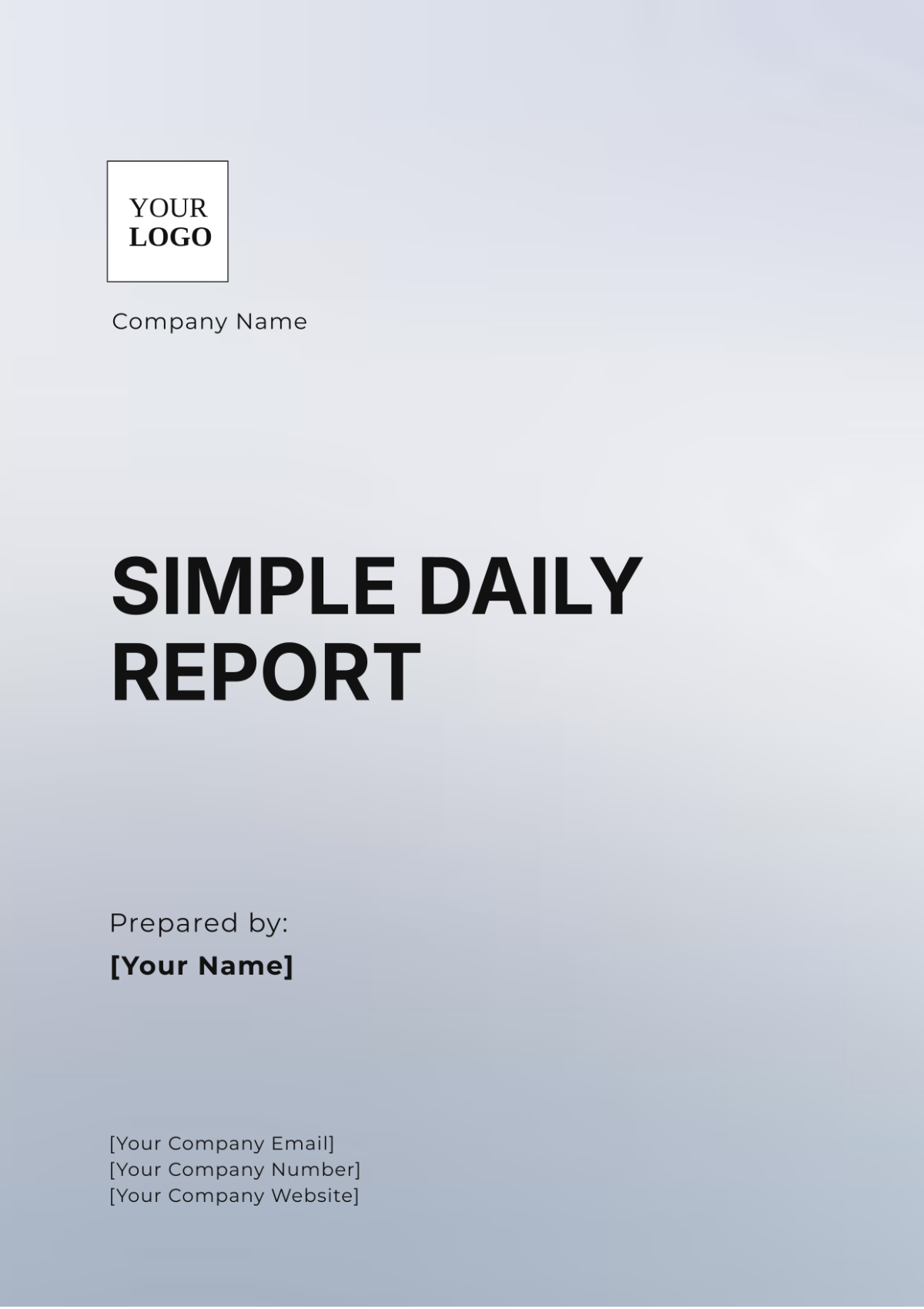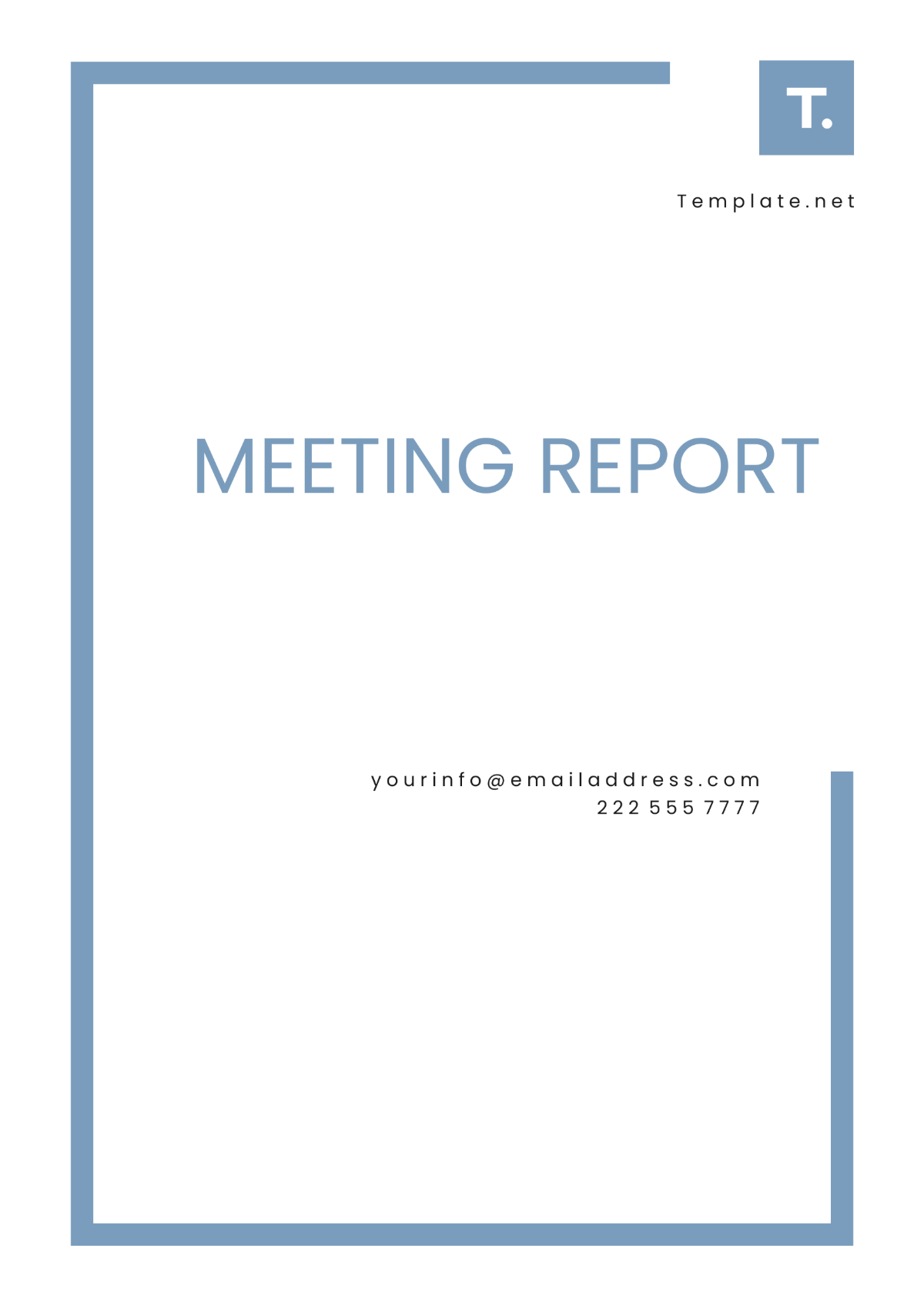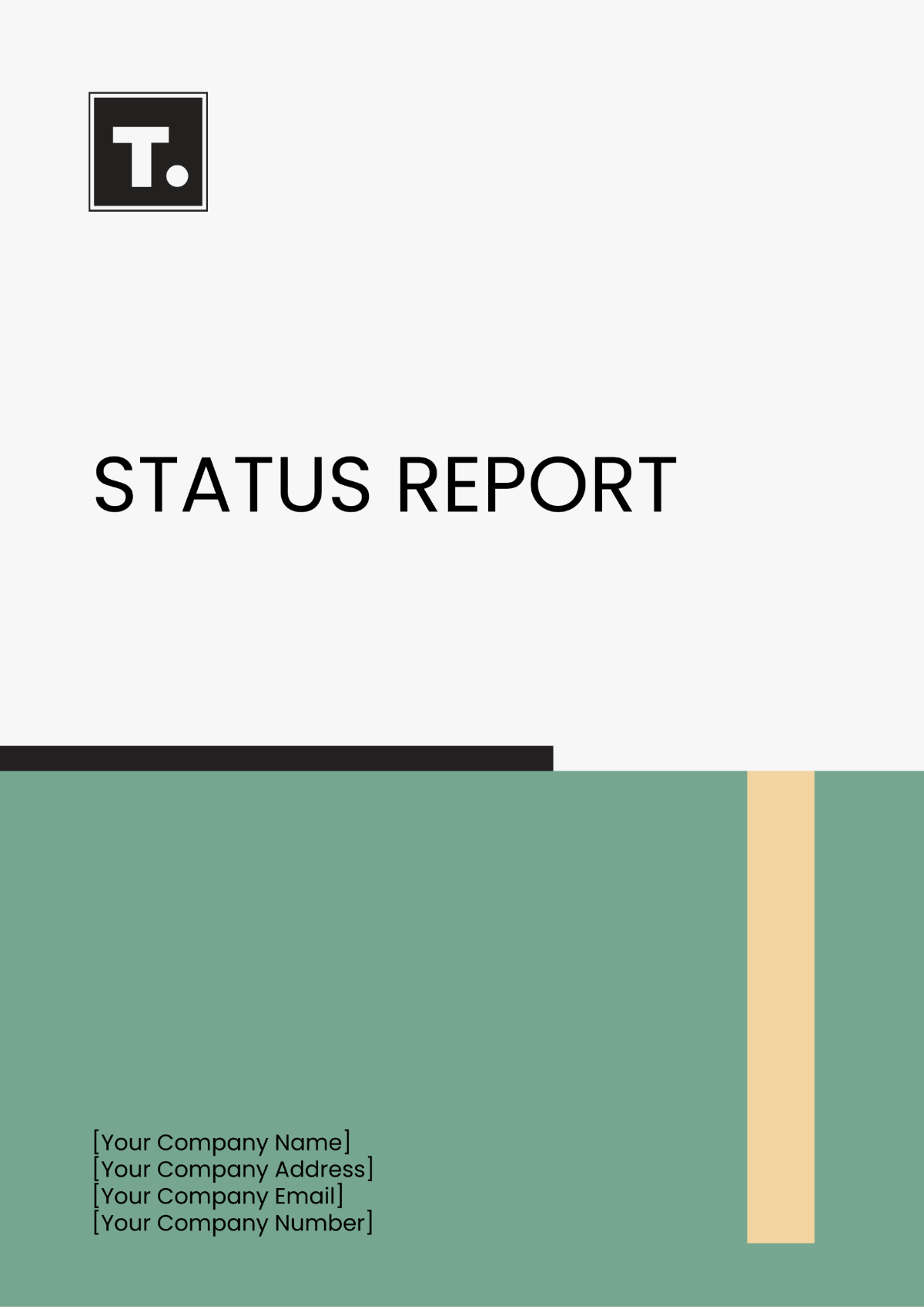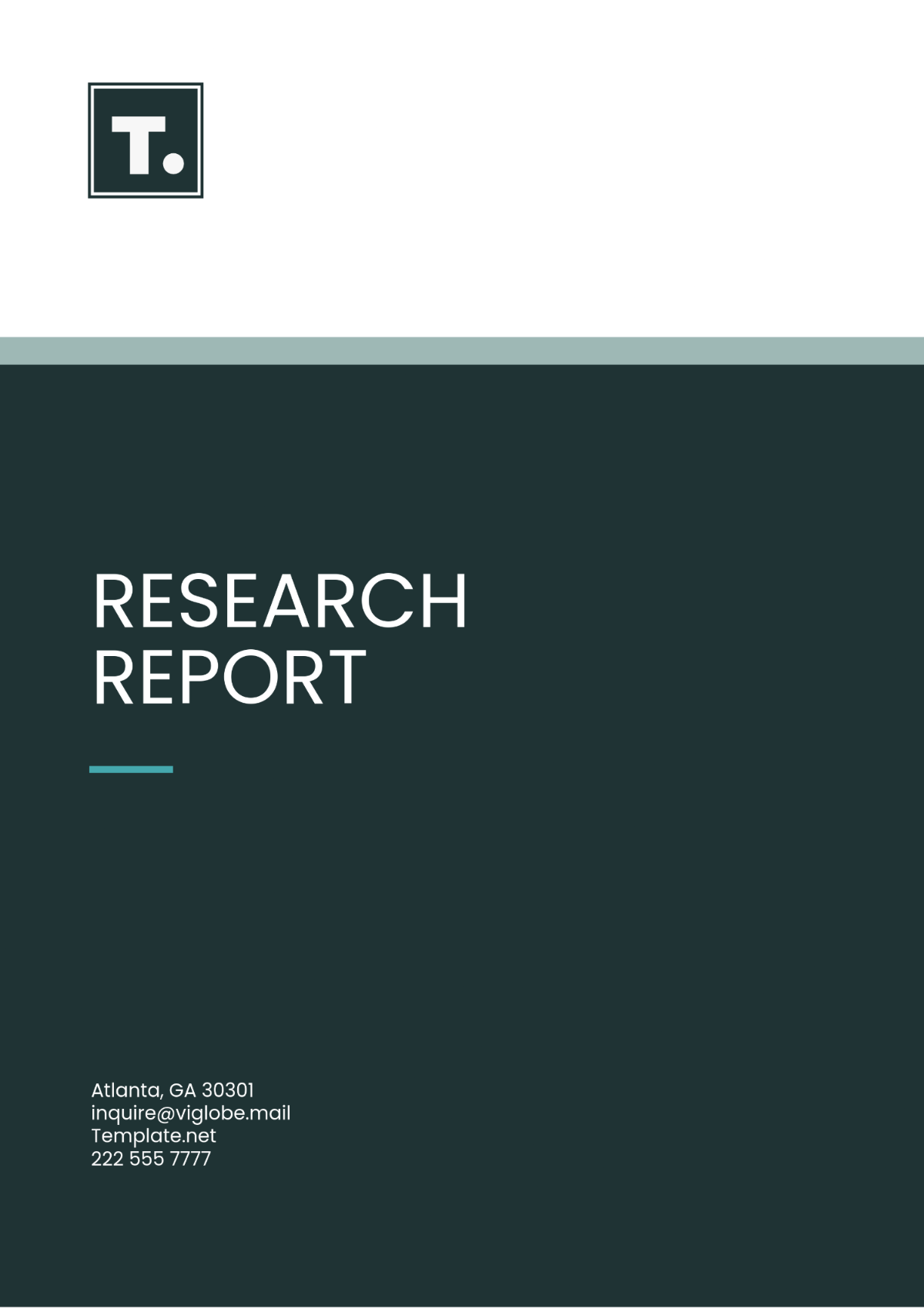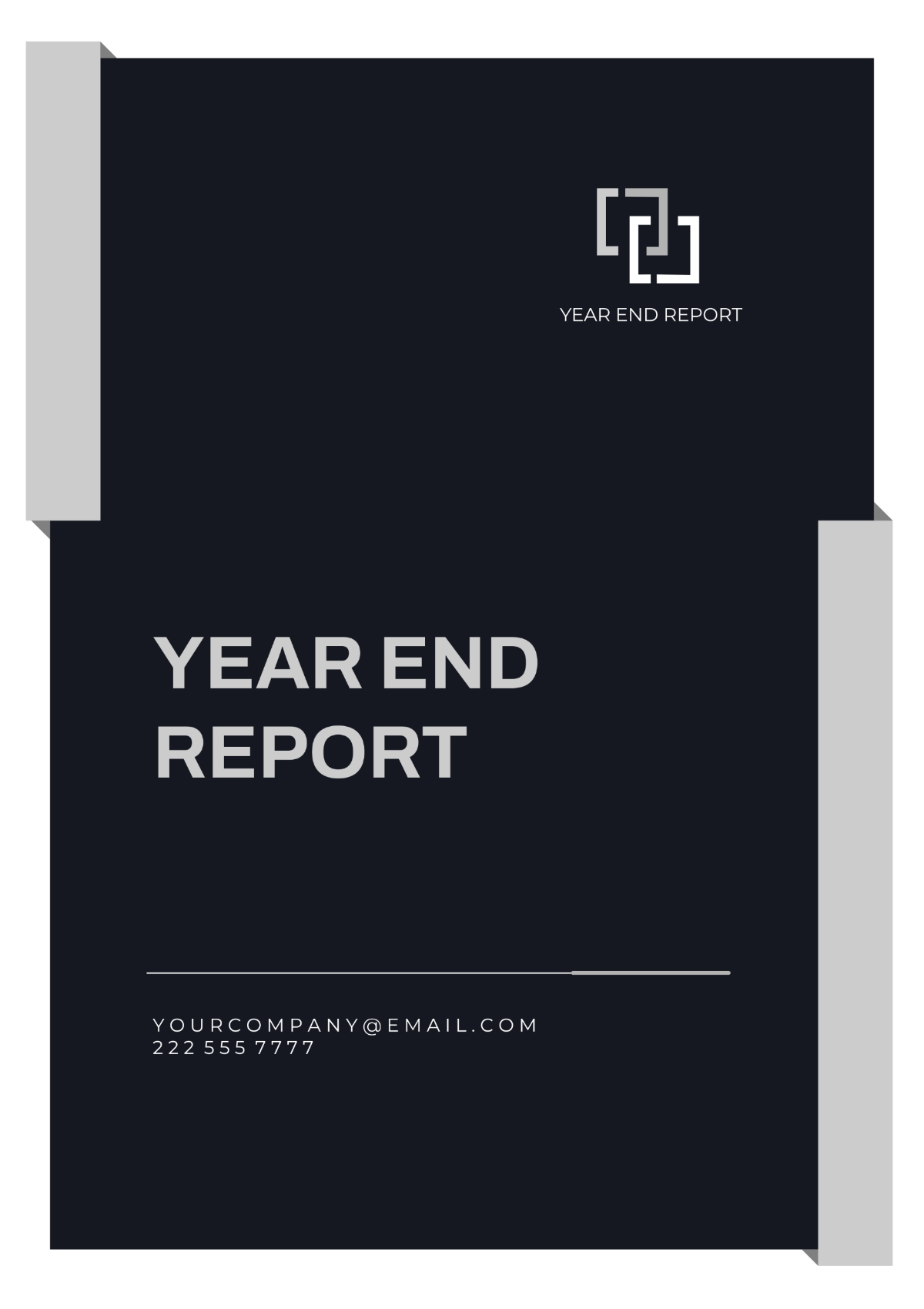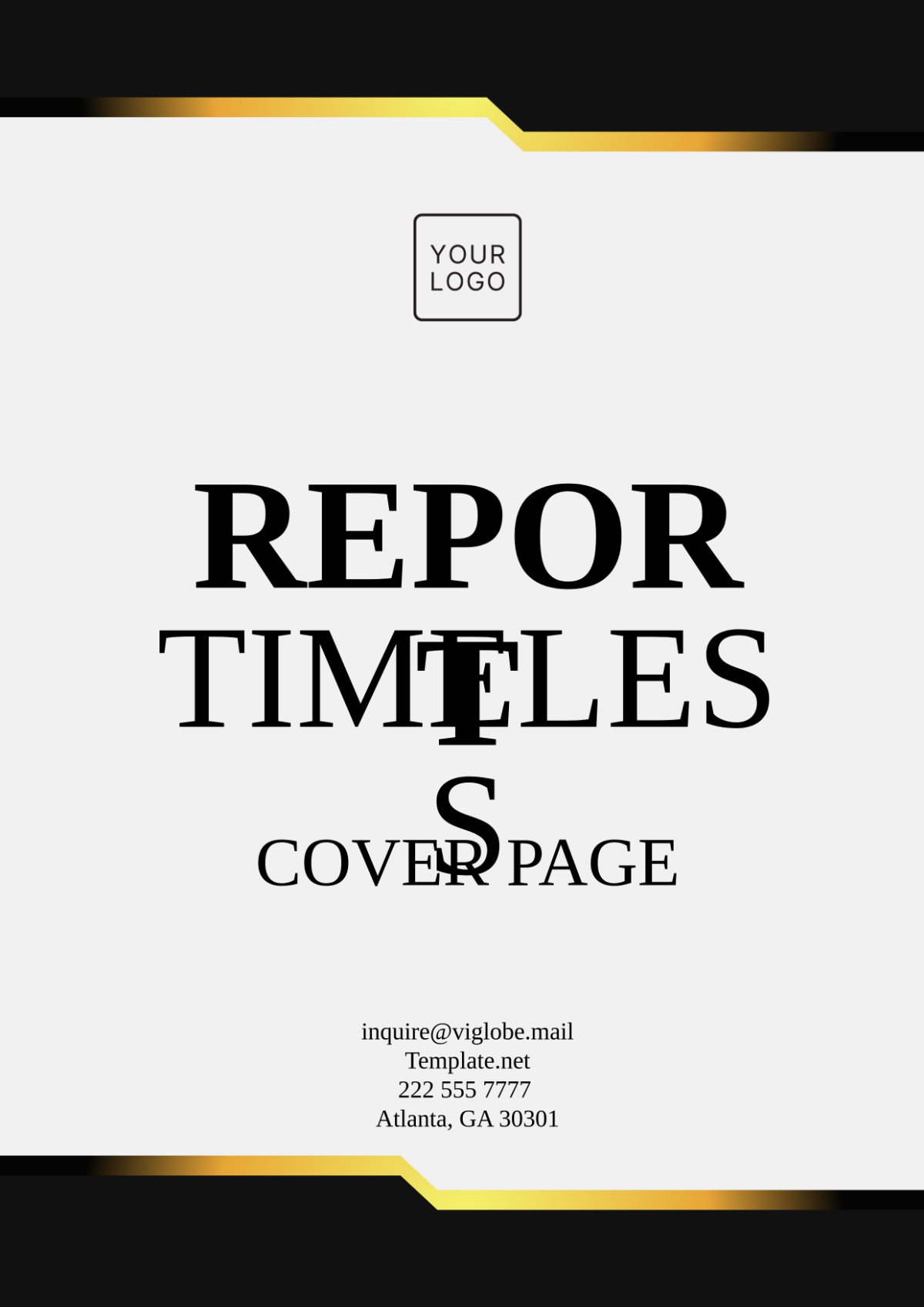Student Result Management System Project Report
I. Executive Summary
The Student Result Management System (SRMS) project aimed to develop a comprehensive software solution to streamline the management of student results within [SCHOOL NAME]. The system was designed to automate result recording, grading, and reporting processes, ultimately enhancing administrative efficiency and improving data accuracy. Throughout the development process, rigorous testing and evaluation were conducted to ensure the system's functionality and reliability.
II. Project Overview
The SRMS project commenced on January 1, 2050, and was led by [YOUR NAME] from [YOUR COMPANY NAME]. The project team comprised 8 members, including software developers, quality assurance specialists, and domain experts. The primary objectives of the project were to:
Design and develop a user-friendly interface for recording and managing results.
Implement robust security measures to protect sensitive student data.
Integrate with existing systems and databases within the educational institution.
Conduct comprehensive testing to identify and address any issues or bugs.
III. System Architecture
The SRMS was developed using a Java programming language and MySQL database management system. The system architecture consists of three main components:
Component | Description |
|---|---|
Frontend | The user interface was designed using AngularJS, providing intuitive navigation and functionality |
Backend | The backend logic was implemented using Spring Boot, facilitating seamless communication |
Database | The system's database, built on MySQL, stores student information, course details, and result records securely |
IV. Testing and Evaluation
The testing phase of the SRMS project involved multiple stages, including unit testing, integration testing, and user acceptance testing (UAT). Each stage aimed to identify and rectify any issues or discrepancies within the system. Key findings and resolutions from each testing phase are summarized below:
A. Unit Testing:
Date | Issues Identified | Resolution |
|---|---|---|
March 15, 2050 | Discrepancies in result calculation algorithms | Refactored code to ensure accurate calculation of grades and GPAs |
B. Integration Testing:
Date | Issues Identified | Resolution |
|---|---|---|
April 1, 2050 | Compatibility issues with legacy systems | Implemented data migration and API integration solutions |
C. User Acceptance Testing (UAT):
Date | Feedback | Resolution |
|---|---|---|
May 1, 2050 | Usability concerns with the user interface | Incorporated user feedback to optimize navigation and improve experience |
V. Implementation
The implementation phase involved deploying the SRMS within [SCHOOL NAME] and providing training to staff members. Key milestones and activities during implementation included:
Date | Milestone |
|---|---|
June 1, 2050 | System deployment and configuration completed |
June 15, 2050 | Training sessions conducted for administrators |
July 1, 2050 | Go-live date achieved, with the SRMS fully operational |
VI. Results and Impact
Since the implementation of the SRMS, [SCHOOL NAME] has experienced several notable results and impacts, including:
Improvement in administrative efficiency: Result recording and reporting processes have been streamlined, reducing administrative workload and improving productivity.
Enhanced data accuracy: The SRMS has minimized errors in result calculation and reporting, ensuring the accuracy and integrity of student records.
Improved stakeholder satisfaction: Administrators, faculty members, and students have reported greater satisfaction with the user-friendly interface and functionality of the SRMS.
VII. Conclusion
In conclusion, the development and implementation of the Student Result Management System have significantly enhanced the efficiency and accuracy of result management processes within [SCHOOL NAME]. Through rigorous testing, careful implementation, and ongoing support, the SRMS has become an invaluable tool for the institution, supporting its mission of providing quality education.
VIII. Recommendations
Based on the findings and experiences gained during the SRMS project, the following recommendations are provided for future enhancements and improvements:
Continued monitoring and maintenance: Regular monitoring and maintenance of the SRMS are essential to ensure optimal performance and reliability.
User feedback: Soliciting ongoing feedback from stakeholders will help identify areas for further optimization and refinement.
Integration with additional systems: Exploring opportunities to integrate the SRMS with other educational systems and platforms can enhance data sharing and interoperability.

